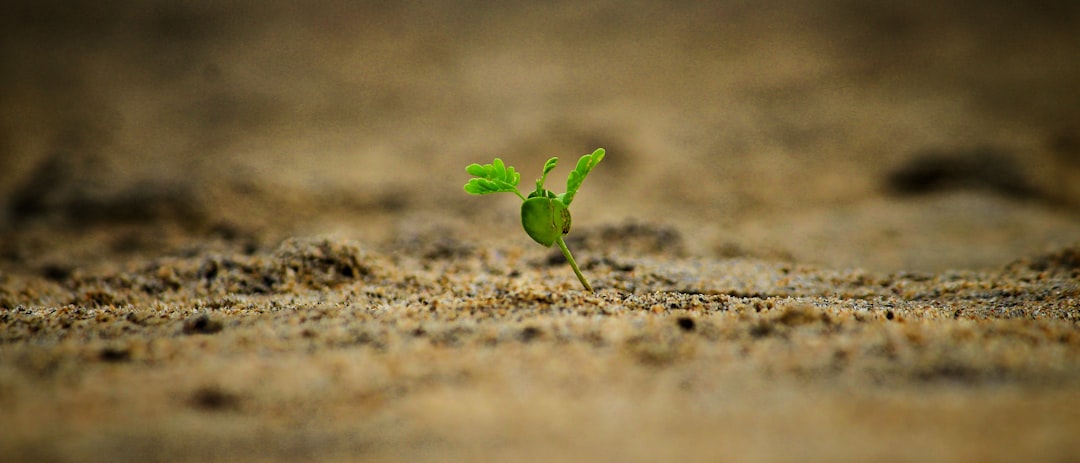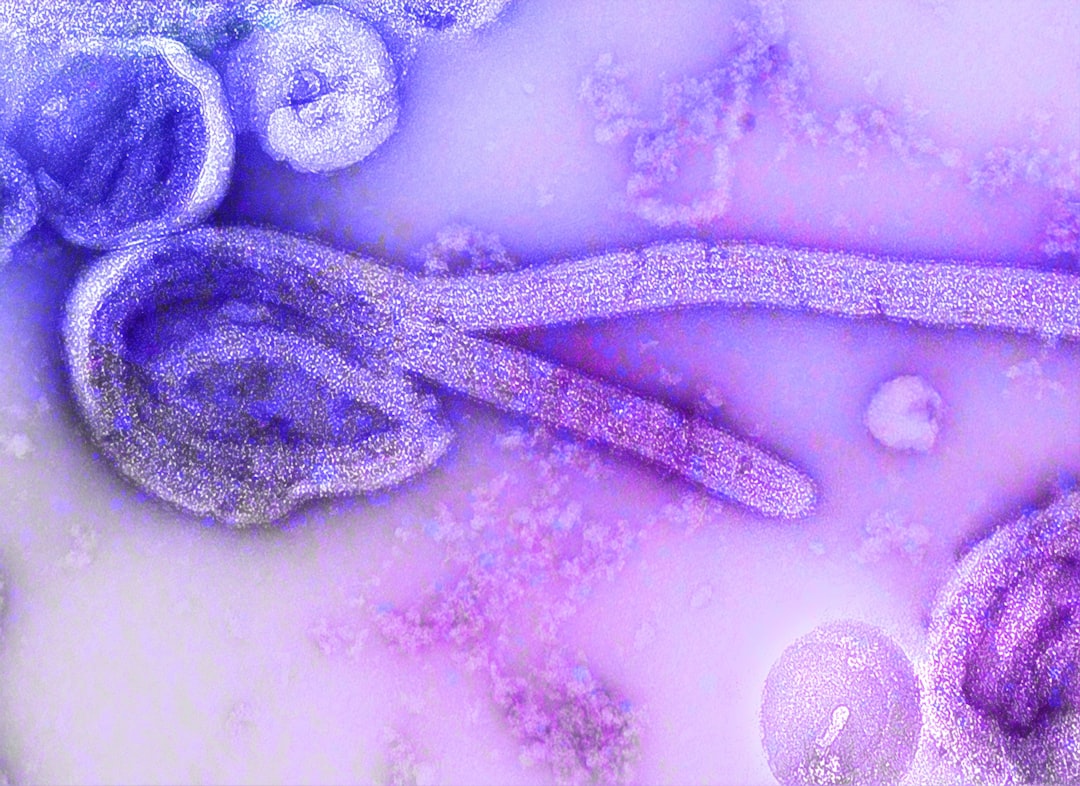What is it about?
Brain states emerge through continuously evolving dynamics of brain networks. The usual way of modelling these dynamics is by using stationary systems: there is one structure (attractor) which is responsible of the brain dynamics. We adopt a different approach by characterising the brain activity through a landscape of informational structures (IS) changing in time. We use a model transformation procedure to produce these structures and look at several properties related to how the different brain networks interact not in the observed resting-state fMRI signal but in the information structure underlying it. These properties provide measures strongly related with relevant characteristics of conscious activity, such as metastability, information integration or synchronisation. The distribution of IS measures is studied for healthy controls (HC) and two groups of post-comatose patients with disorders of consciousness (DOC): minimally conscious state (MCS) and unresponsive wakefulness syndrome (UWS). Based on IS measures, machine learners classifiers identify the state of consciousness with an outstanding discrimination (precision of 95.6% por HC/DOC and 86.6% for MCS/UWS).
Featured Image

Photo by Robina Weermeijer on Unsplash
Why is it important?
By modelling the brain as a dynamical system, we observe that the structure of the global attractor is related to states of consciousness. We have observed that measures of cooperation (related to integration) among different brain networks are important for characterising conscious states.
Perspectives
The methodology of this work can be adapted for other healthy or pathological states of consciousness. We are currently working to apply a similar methodology to EEG data.
Fernando Soler-Toscano
Universidad de Sevilla
Read the Original
This page is a summary of: What lies underneath: Precise classification of brain states using time-dependent topological structure of dynamics, PLoS Computational Biology, September 2022, PLOS,
DOI: 10.1371/journal.pcbi.1010412.
You can read the full text:
Contributors
The following have contributed to this page










